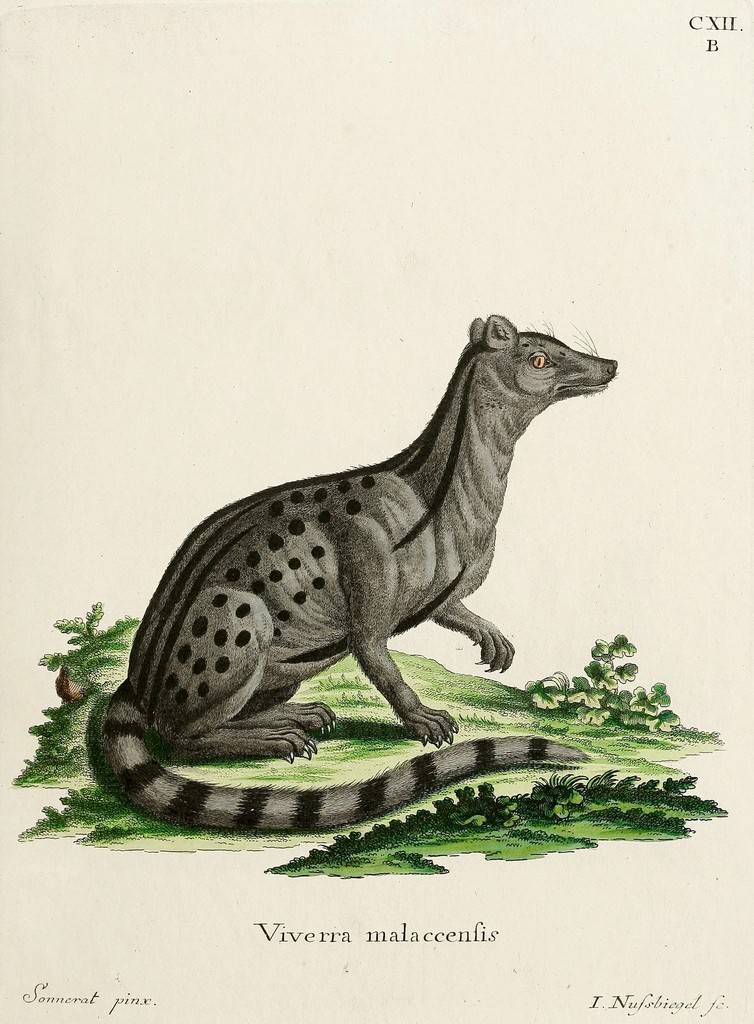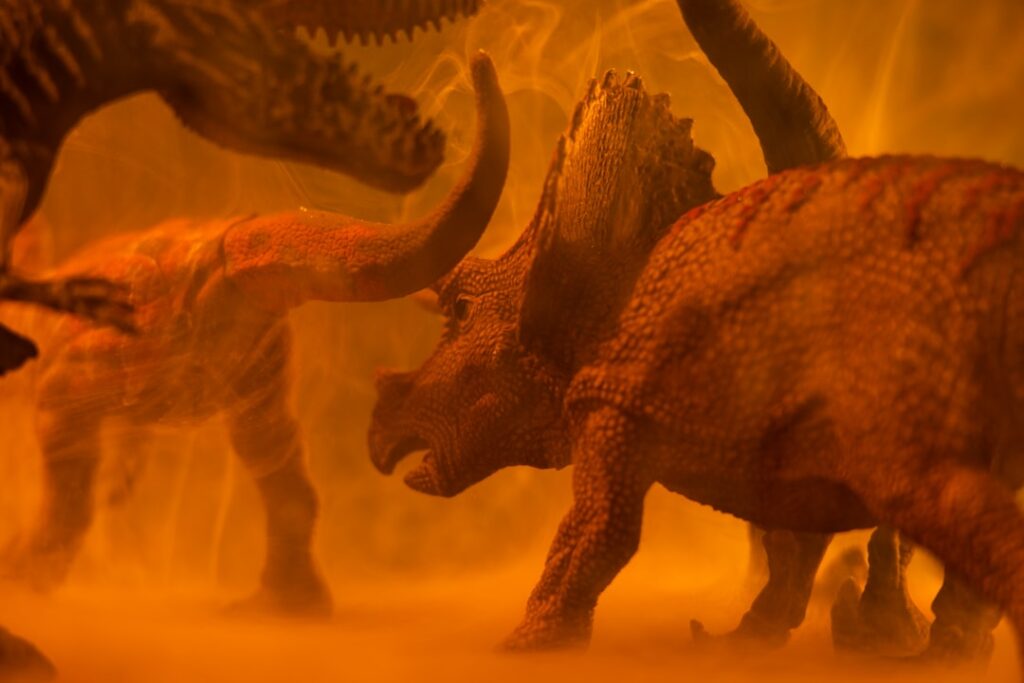When we think about dinosaurs, those colossal thunder lizards that once roamed our planet, we often imagine them as silent giants. The truth is far more fascinating and complex than movies would have us believe. Recent scientific discoveries have revolutionized our understanding of these ancient creatures, revealing that they were likely sophisticated communicators who used a remarkable variety of sounds to interact with one another.
Scientists today are piecing together clues from fossilized remains, studying their living descendants, and using cutting edge technology to unlock the acoustic secrets of the Mesozoic Era. The emerging picture shows dinosaurs not as mute monsters, but as animals capable of producing everything from deep, resonant calls to bird-like songs. Let’s dive into this captivating world of prehistoric communication.
The Hollywood Myth vs. Scientific Reality

Picture the iconic Tyrannosaurus rex from Jurassic Park, jaws agape, releasing that bone-chilling roar that made audiences worldwide grip their seats. This thrilling image is not scientifically accurate, as current evidence supports that Tyrannosaurus rex made closed-mouth vocalizations, but in the films, the Tyrannosaurus opens its mouth every time it roars. The reality would have been quite different from Hollywood’s dramatic interpretation.
Scientists theorize that many dinosaurs may have produced closed-mouth vocalizations by inflating their esophagus or tracheal pouches while keeping their mouth closed, producing something comparable to a low-pitched swooshing, growling, or cooing sound. Think of the deep, rumbling bellows of modern elephants or the haunting sounds crocodiles make during mating season.
The majority of the sounds used to create the Tyrannosaurus sonic palette came from recordings of elephant bellows, along with crocodilian growls, roars from lions and tigers, the sound of water coming up from a whale’s blowhole, and even growls from the sound producer’s dog.
Fossils That Speak: The Voice Box Discovery
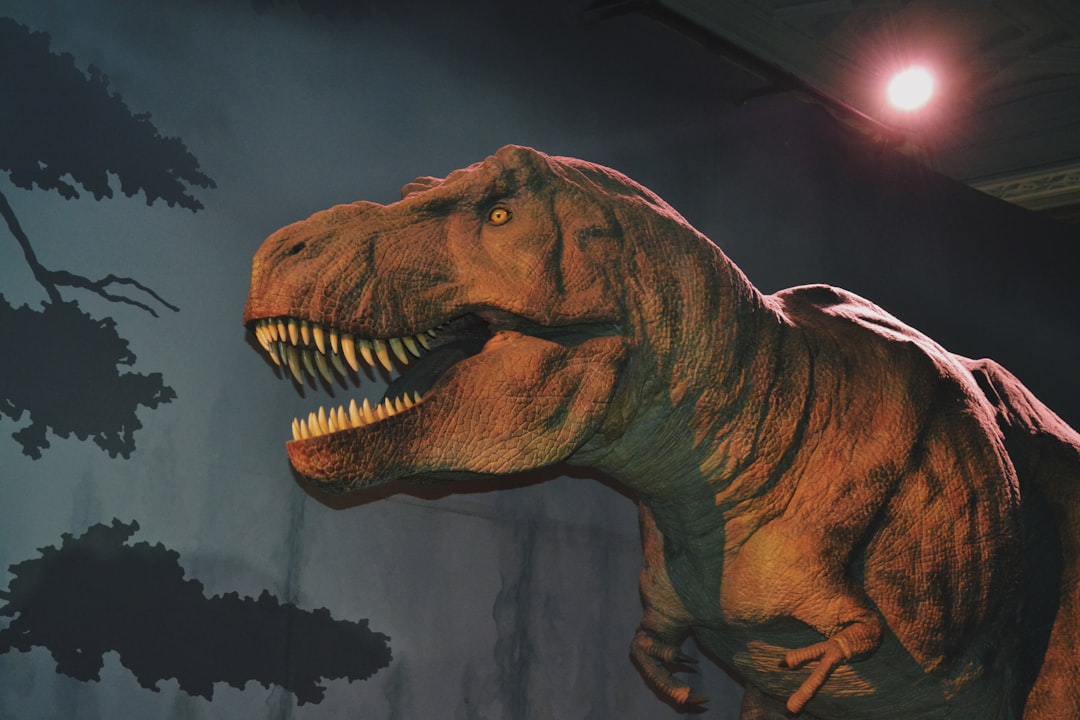
The most groundbreaking evidence came from an unexpected place. The discovery of an fossilized voice box structures that have been discovered in dinosaur specimens reveals that the ancient beast may have sounded more birdlike than experts previously thought, with researchers finding preserved vocal structures in various dinosaur species. This tiny structure holds enormous secrets about how these ancient animals might have sounded.
Researchers have discovered preserved parts of dinosaur vocal structures, where sounds are produced in the throat, and determined that dinosaur vocal structures were likely capable of producing a wide range of sounds: rumbling, grunting, roaring, and even chirping. Imagine hearing a massive, armored dinosaur producing sounds ranging from deep growls to surprisingly delicate chirps.
Without fossilized vocal organs, which are extremely rare, it’s really hard to even begin to estimate the limits of dinosaur vocal behavior, much less what they really sounded like.
Musical Dinosaurs: The Parasaurolophus Orchestra
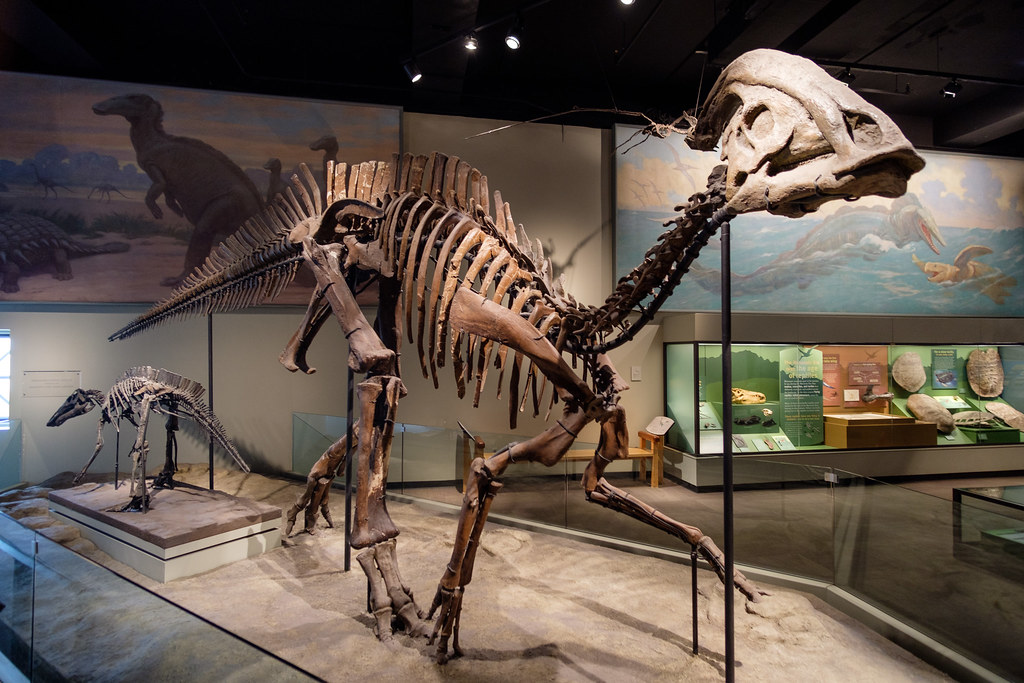
Some dinosaurs came equipped with their own built-in musical instruments. Some duck-billed dinosaurs, called hadrosaurs, had elaborate crests that contained long and resonant extensions of the breathing tracts, and these crests are naturally resonant and so could easily produce low-frequency sounds. These prehistoric musicians had skulls that functioned like natural trumpets.
Based on the structure of the crest, the dinosaur apparently emitted a resonating low-frequency rumbling sound that can change in pitch, with each Parasaurolophus probably having a voice that was distinctive enough to distinguish it not only from other dinosaurs, but also from other Parasaurolophuses. Scientists have even recreated these sounds using computer modeling and high-tech imaging.
Computer scientist Carl Diegert noted that the sound may have been somewhat birdlike, and it’s probably not unreasonable to think they did songs of some sort to call one another. These musical dinosaurs likely filled ancient landscapes with their haunting melodies, communicating across vast distances through prehistoric forests.
Nature’s Bullwhips: When Dinosaurs Made Cracking Sounds
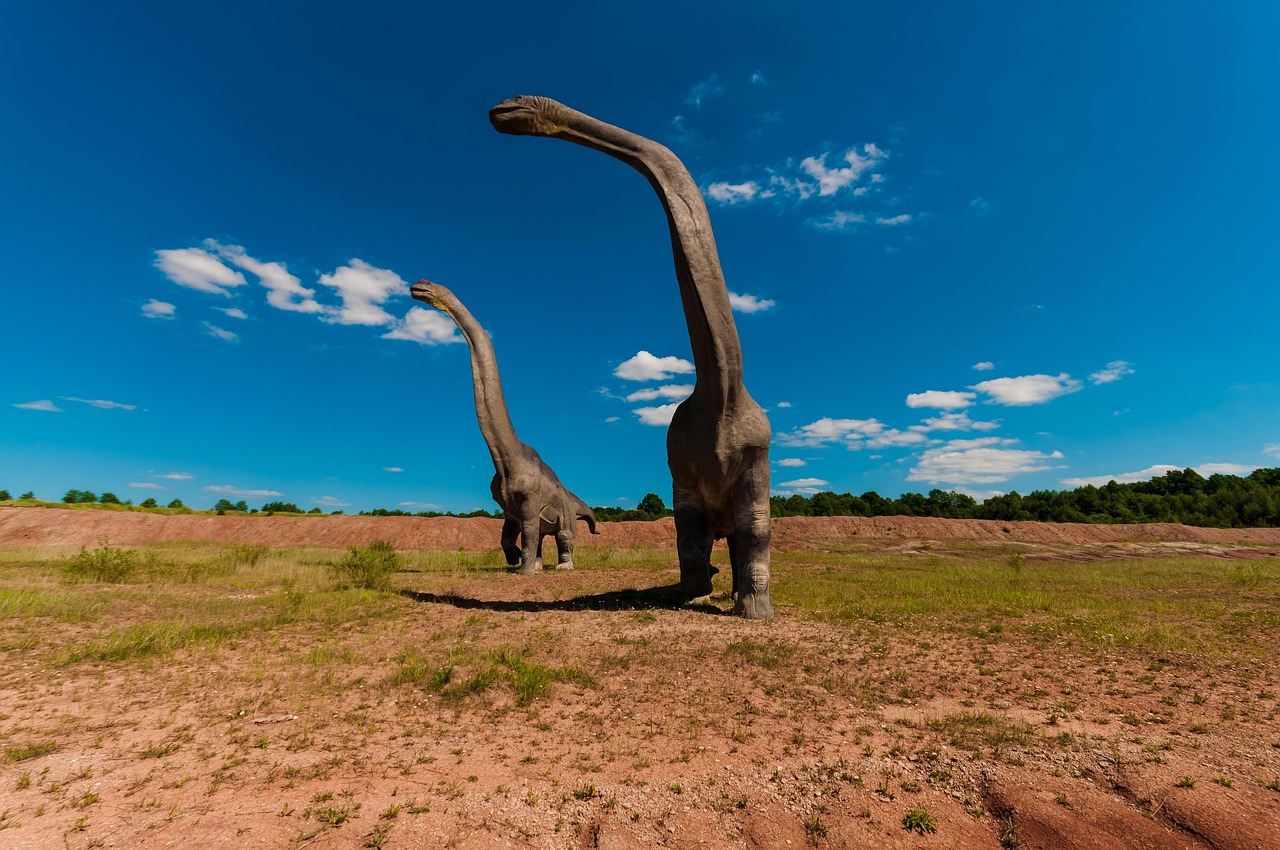
Not all dinosaur communication involved vocalizations. The extremely long tails of Diplodocus and other sauropod dinosaurs could also have made some noise, with some researchers suggesting that the tips of these tails could have been flicked at supersonic speeds, making bullwhip-like cracking sounds that may have traveled long distances. Picture these gentle giants using their massive tails as sonic weapons.
These crack-like sounds would have served multiple purposes. They could warn off predators, communicate with distant herd members, or establish dominance within their groups. The physics of this tail-cracking phenomenon is similar to how a bullwhip breaks the sound barrier, creating that distinctive sharp crack we recognize today.
The huge sauropod dinosaurs had long respiratory tracts in their long necks that, quite possibly, produced low-frequency sounds. Combined with their tail-cracking abilities, these giants had quite an acoustic arsenal at their disposal.
Beyond Sound: Visual Communication and Colorful Displays
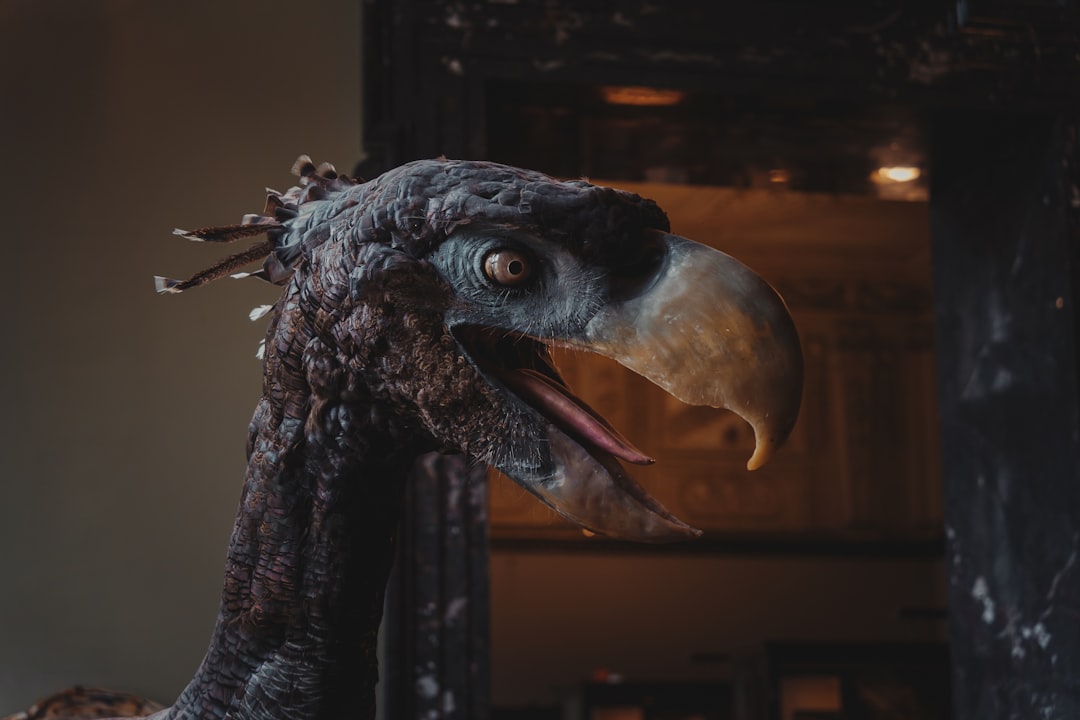
Dinosaurs weren’t limited to audio communication alone. Based on the size of their eyes and the vision of their relatives, it’s likely that dinosaurs had excellent color vision, and recent discoveries of color patterns on dinosaur feathers suggest that colorful feathers might have played a role in signaling. These prehistoric creatures lived in a world far more vibrant than we ever imagined.
A complicated pattern of reddish brown, black, gray, and white feathers covered the fossilized dinosaur, leading to speculation that perhaps this coloration was used for attracting mates or some form of visual communication, as is often the case in living birds. These weren’t drab, monotone beasts but rather creatures adorned with sophisticated color patterns.
Microraptor, like many modern birds, most likely used its ornate feathering to give visual social signals. The discovery of iridescent, rainbow-like colors in some dinosaur species suggests they engaged in complex visual displays that would have been breathtakingly beautiful to witness.
Low-Frequency Masters: Communicating Across Great Distances
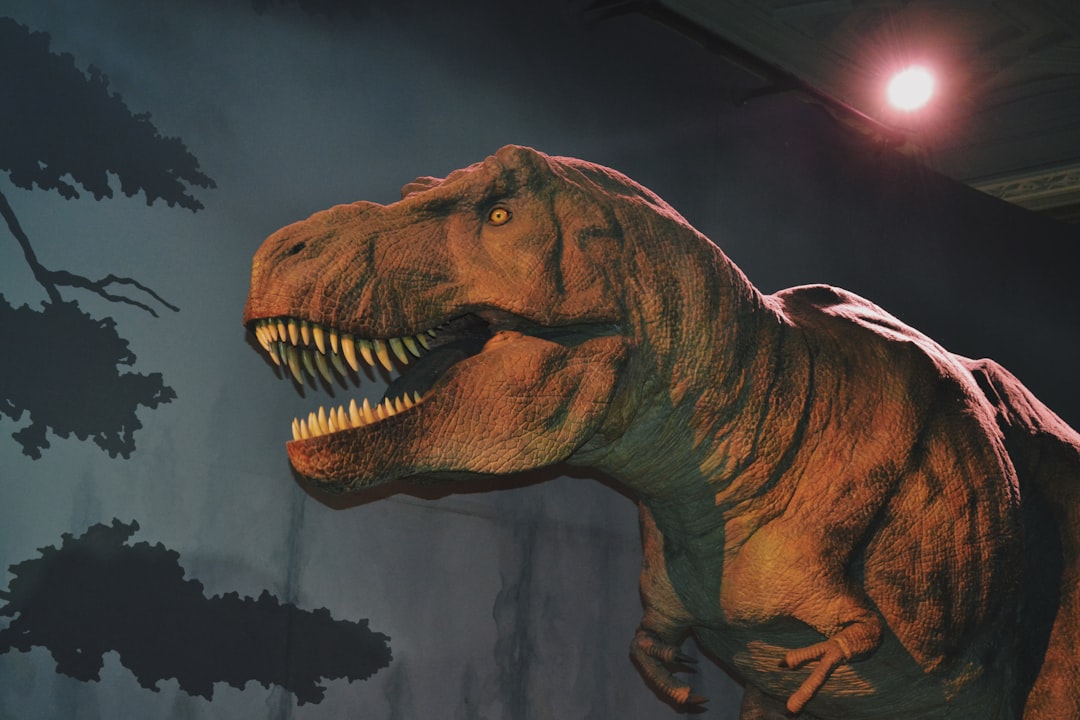
Based on analyses of dinosaur ears, scientists concluded the beasts had excellent low-frequency hearing, with such low-frequency sounds able to penetrate through thick vegetation and over large distances, and may have allowed individual dinosaurs to be heard over vast areas. These ancient animals were perfectly adapted for long-distance communication in their dense, prehistoric environments.
Fossil records of the large bones in the dinosaur’s ears compared to corresponding bones in human ears suggests they were able to hear lower frequencies than humans. This means dinosaurs could detect sounds we can’t even perceive, operating in an acoustic world far richer than our own.
This ability to communicate over great distances would have been crucial for maintaining contact with family groups, coordinating hunts, or warning of approaching dangers. The thick forests and challenging terrain of the Mesozoic Era made visual contact difficult, making long-distance sound communication essential for survival.
Birds: Living Links to Dinosaur Communication
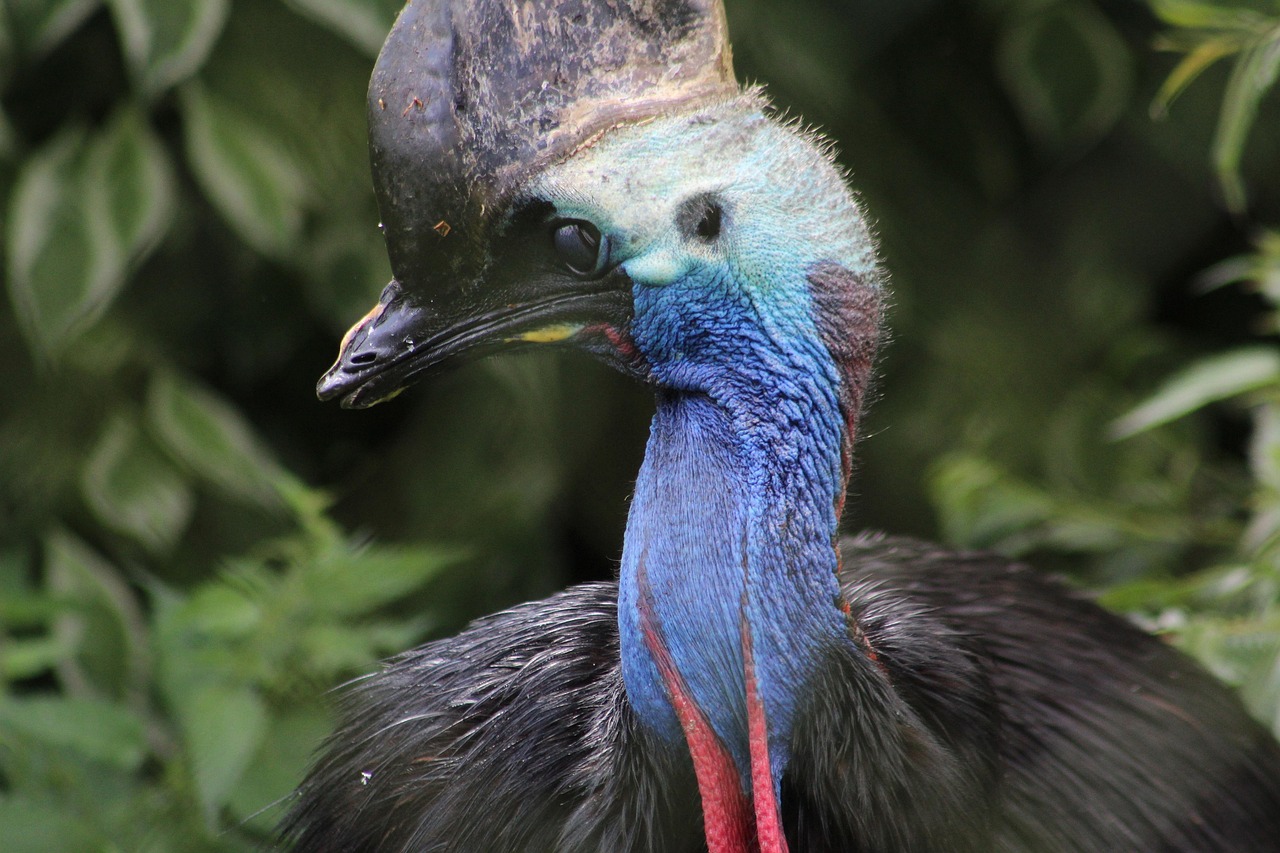
Birds are, in fact, living dinosaurs, as genetic, anatomical, and fossil evidence has confirmed that modern birds evolved from small theropod dinosaurs. This connection gives us a living laboratory for understanding how their ancient relatives might have communicated.
Some dinosaurs, possibly from the theropod group, may have possessed a syrinx, which sits at the base of the trachea and allows songbirds to produce melodious notes, and if some dinosaurs had them, they could have been used for vocalizations. However, this sophisticated sound-producing organ appears to have evolved relatively late in dinosaur history.
Although birds evolved from theropods, theropods likely did not have the ability to make complex sounds similar to those of extant songbirds. Still, some small dinosaurs may have produced surprisingly melodic sounds, challenging our assumptions about prehistoric life.
The Challenges of Studying Ancient Sounds
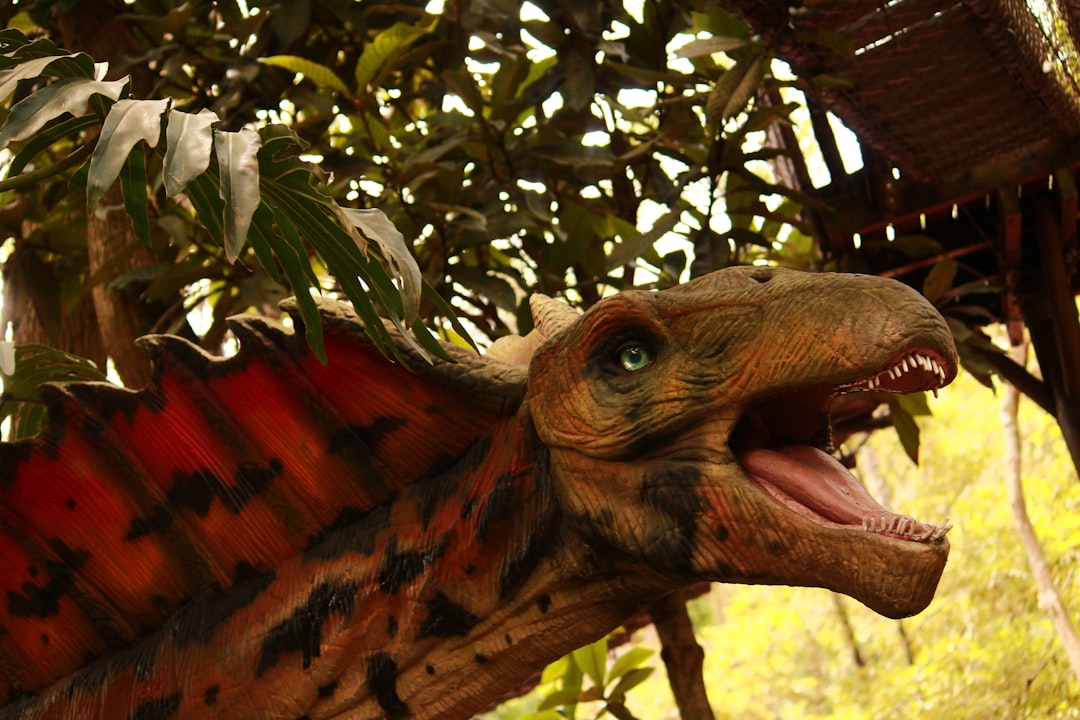
Sound is not preserved, and many of the sounds animals make are related to their behaviour, which we know very little about. This fundamental challenge forces scientists to become acoustic detectives, using indirect evidence to reconstruct prehistoric soundscapes.
Soft tissues, like vocal cords, don’t fossilize well, making it tough to recreate sounds without them. Scientists must rely on skeletal structures, computer modeling, and comparisons with modern animals to piece together the acoustic puzzle of the past.
Scientists turn to living creatures for clues, as birds are dinosaurs’ closest living relatives, and alligators and crocodiles have ancient lineages too, helping us infer what noises their prehistoric cousins might have made. By studying these modern animals, researchers can make educated guesses about dinosaur vocalizations.
Conclusion: A World Full of Prehistoric Voices

The emerging picture of dinosaur communication reveals a prehistoric world that was far from silent. These remarkable creatures possessed sophisticated methods of interaction that combined haunting calls, visual displays, and even percussion-like sounds created by their massive tails. From the trumpet-like calls of crested hadrosaurs to the closed-mouth vocalizations of fearsome predators, dinosaurs inhabited a rich acoustic landscape that would have been both alien and wonderful to our modern ears.
What makes this research even more exciting is that we’re just beginning to scratch the surface. Each new fossil discovery has the potential to revolutionize our understanding of how these ancient animals lived, loved, and communicated with one another in their long-lost world.
What do you think about the idea that dinosaurs might have sung to each other millions of years ago? Tell us in the comments.


